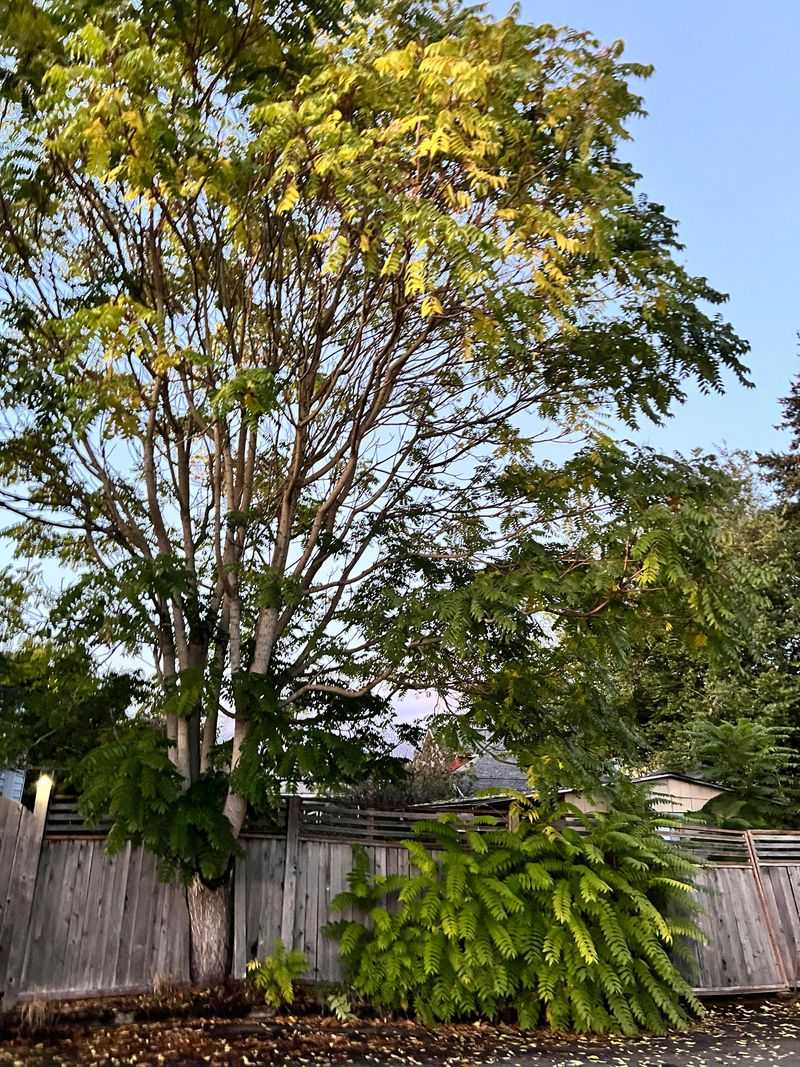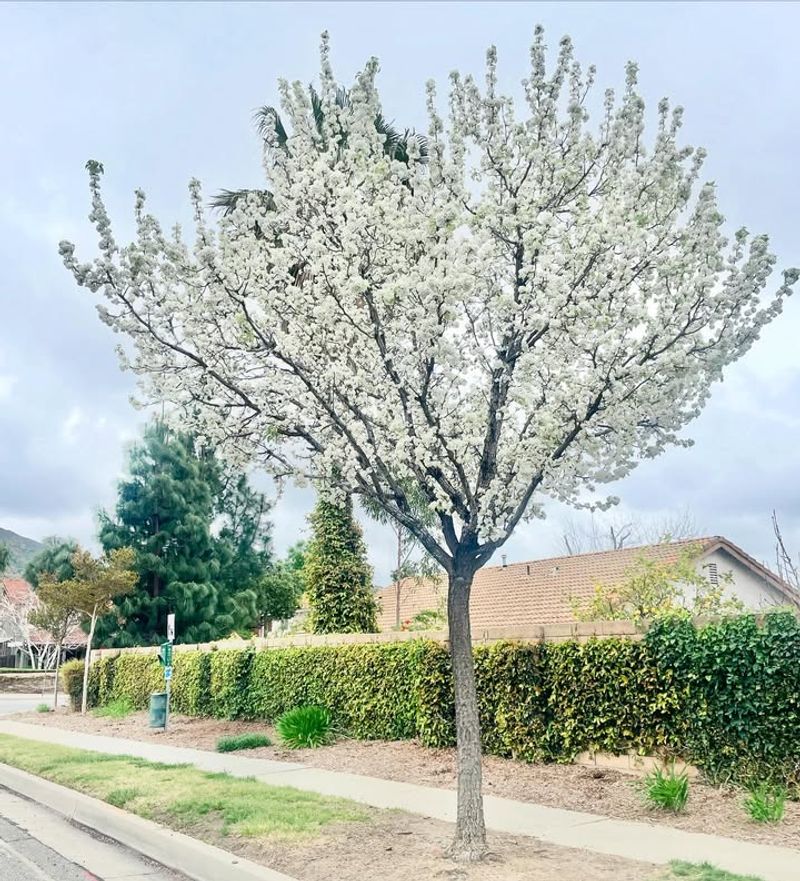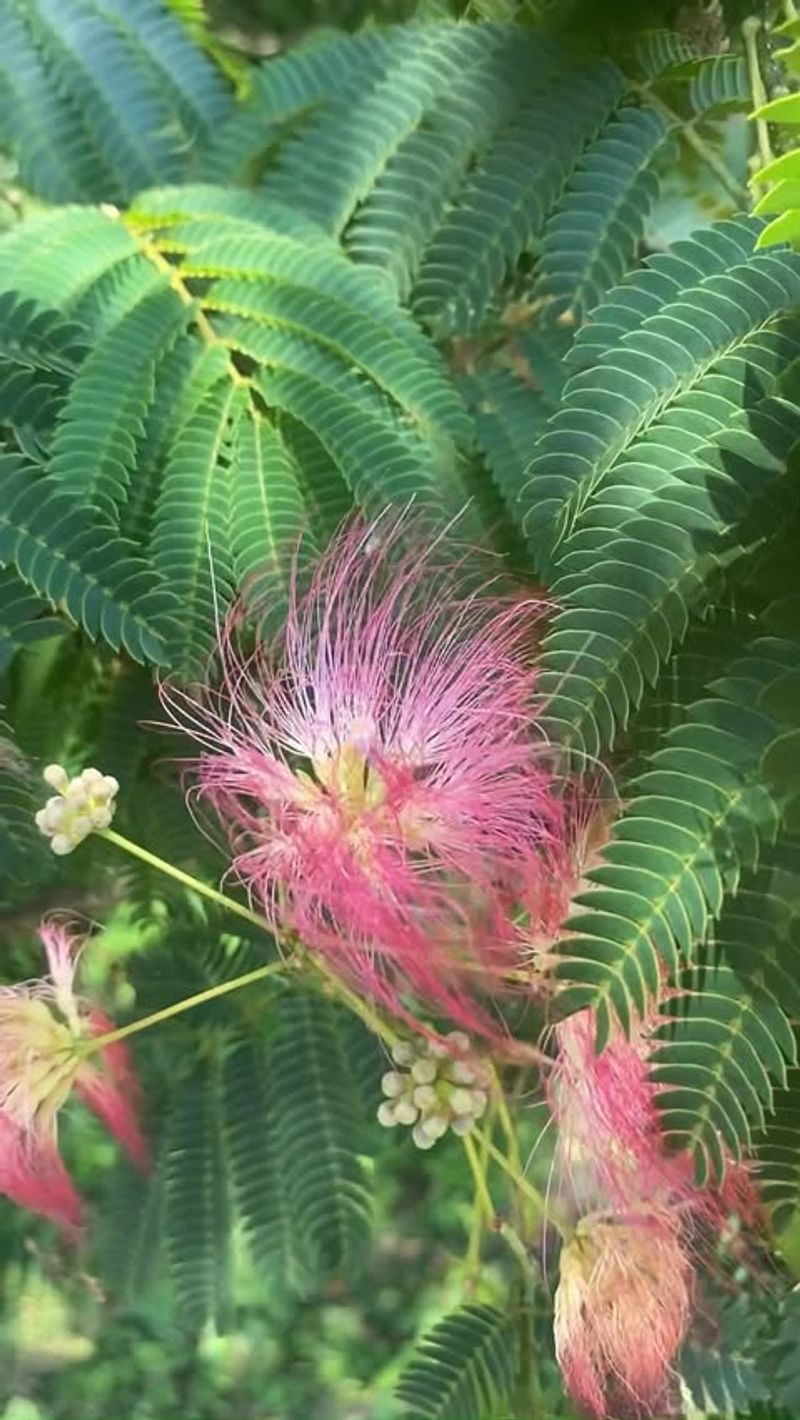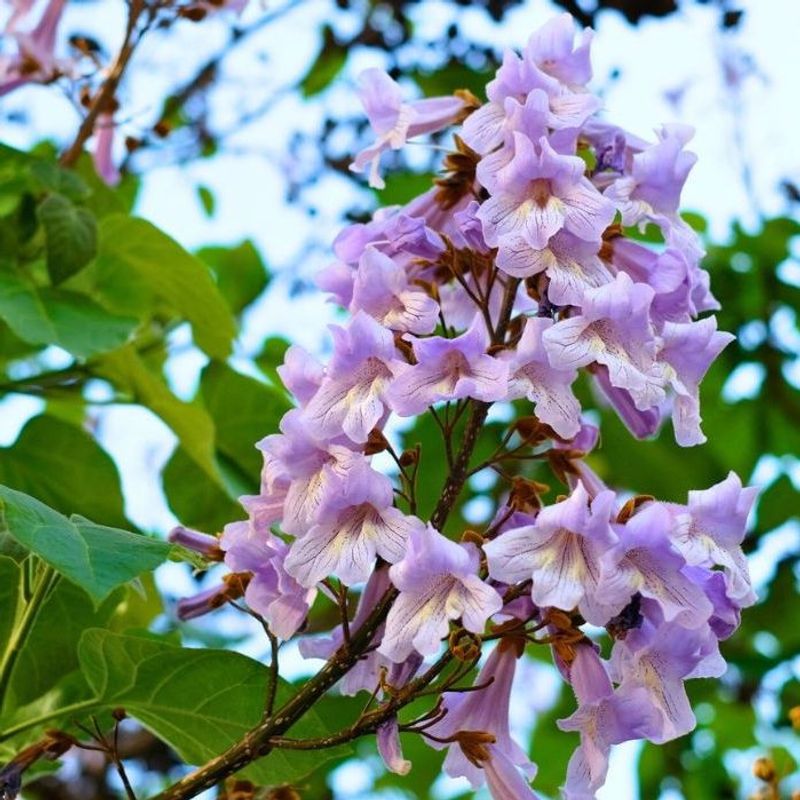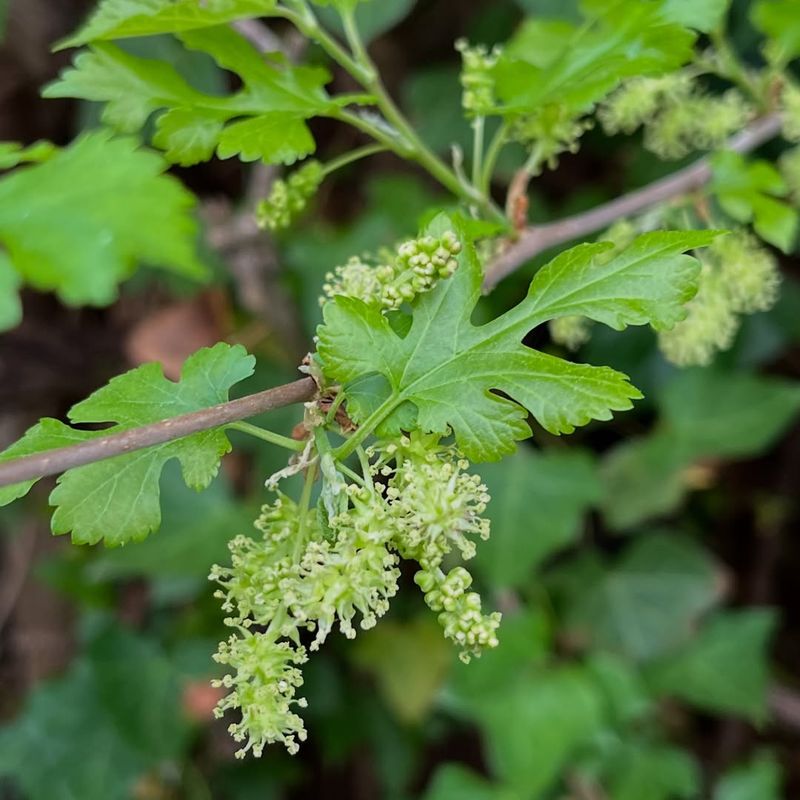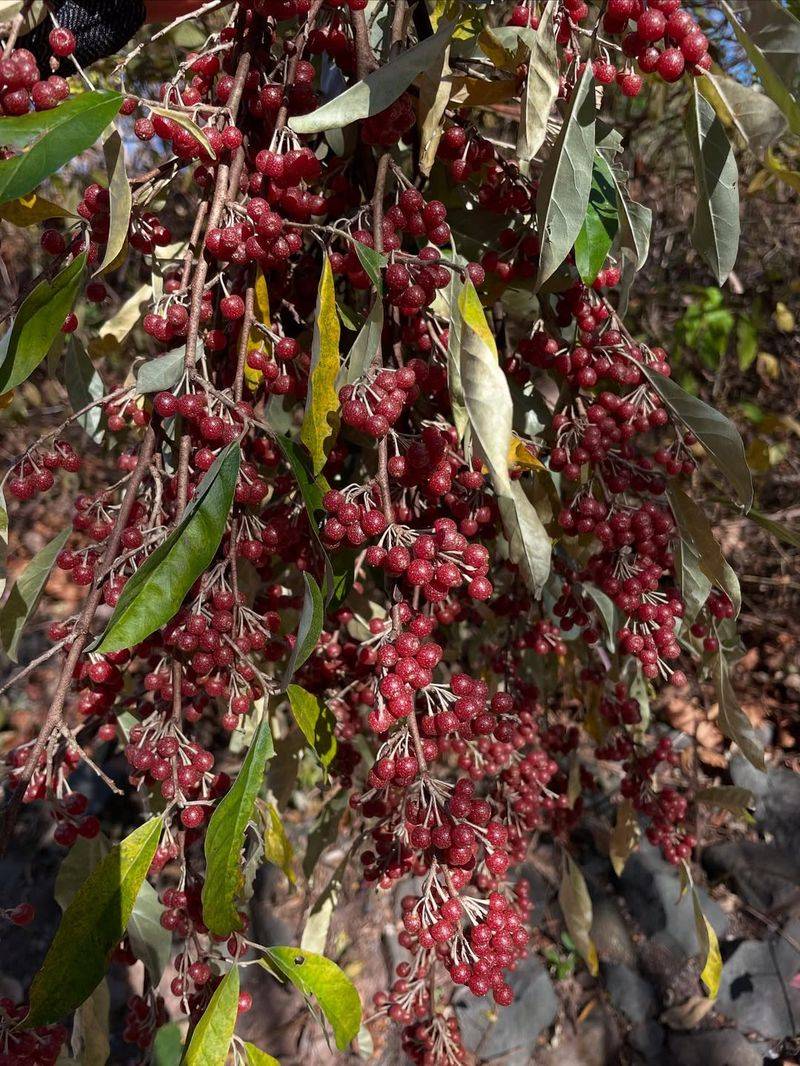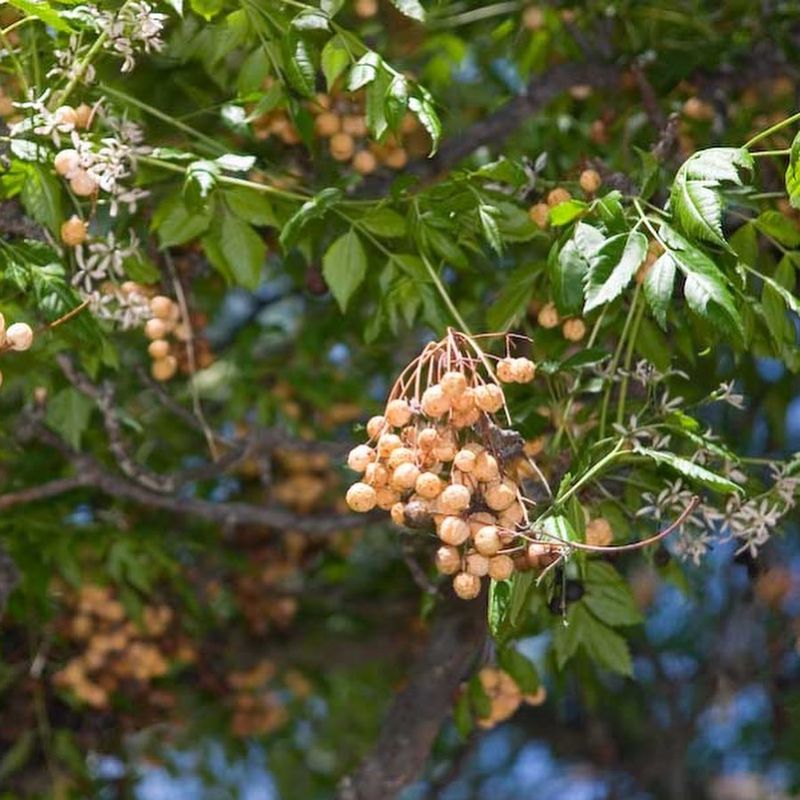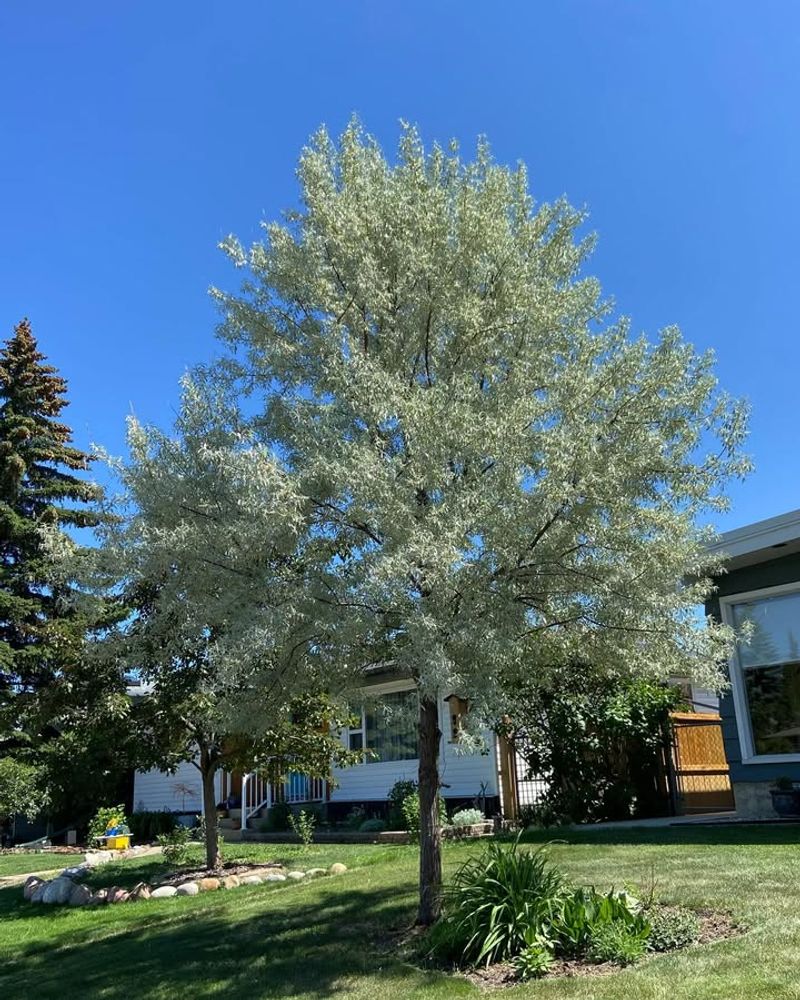Tennessee homeowners might face unexpected fines for certain trees growing on their property. While most trees are welcome additions to your yard, some invasive species cause serious problems for native ecosystems and neighboring properties.
Local ordinances across the state require property owners to remove these troublesome trees, and ignoring the rules can lead to hefty penalties and legal headaches.
1. Tree Of Heaven
Originally brought from China as an ornamental plant, this fast-growing invader now threatens Tennessee forests and urban areas alike. The tree produces thousands of seeds annually and spreads aggressively through root sprouts, quickly taking over yards and natural spaces.
Property owners in many Tennessee counties must remove these trees because they release chemicals that prevent other plants from growing nearby.
The species also harbors spotted lanternflies, an invasive pest causing agricultural damage across the region. Cutting them down requires careful planning since stumps resprout vigorously if not treated properly with herbicide.
2. Callery Pear
Those beautiful white blooms covering neighborhoods each spring come with a dark side that Tennessee officials want eliminated. Callery pears, commonly called Bradford pears, were once popular landscaping choices but have become ecological nightmares.
The trees produce thorns sharp enough to puncture tires and cross-pollinate to create dense thickets that choke out native vegetation. Their weak branch structure means they split apart during storms, creating hazards and property damage throughout communities.
Several Tennessee municipalities now ban planting them and require removal of existing specimens to protect natural habitats and prevent continued spread.
3. Mimosa Tree
With its fluffy pink flowers and delicate fern-like leaves, the mimosa seems harmless enough at first glance. However, this Asian import has earned a spot on Tennessee’s unwanted list for good reason.
Each tree drops thousands of seeds that remain viable in soil for years, creating persistent problems for property owners trying to maintain native landscapes. The shallow roots damage sidewalks and foundations while the tree itself harbors fungal diseases that spread to other plants.
Tennessee forestry officials recommend immediate removal because mimosas outcompete native trees for sunlight, water, and nutrients in woodland edges and disturbed areas.
4. Princess Tree
Standing beneath this giant with its enormous leaves and showy purple blooms, you might understand why someone planted it decades ago. Today, Tennessee regulators see it differently as the princess tree conquers roadsides, forest edges, and abandoned lots across the state.
A single mature specimen produces up to 20 million seeds annually, each one capable of traveling miles on the wind. The tree grows incredibly fast, reaching 20 feet in just one year and shading out everything beneath it.
Property owners face fines in some counties for allowing these trees to spread since they destabilize stream banks and crowd out native species.
5. White Mulberry
Birds love the berries, which explains how this Asian species spread throughout Tennessee despite nobody intentionally planting it recently. White mulberries hybridize with native red mulberries, creating genetic pollution that threatens the survival of the native species.
The trees grow rapidly in disturbed areas, forming dense stands that exclude native vegetation and wildlife habitat. Their extensive root systems damage septic systems, water lines, and building foundations when planted too close to structures.
Tennessee conservation authorities recommend removing white mulberries to protect the native red mulberry, which provides better wildlife value and doesn’t spread as aggressively across the landscape.
6. Autumn Olive
What started as a well-intentioned erosion control project decades ago has turned into one of Tennessee’s most persistent invasive problems. Autumn olive forms impenetrable thickets that completely transform open fields and forest edges.
The shrubby tree fixes nitrogen in soil, which sounds beneficial but actually changes soil chemistry in ways that favor other invasive species over natives. Wildlife eat the berries and spread seeds everywhere, creating new infestations across Tennessee farms and natural areas.
Local ordinances increasingly require property owners to remove autumn olive because it reduces land value and agricultural productivity while destroying habitat for native plants and animals.
7. Chinaberry Tree
Grandma might have loved the shade it provided, but that old chinaberry tree could now cost you money if local authorities get involved. This Southern invader produces toxic berries that poison livestock, pets, and children who mistake them for edible fruit.
The trees spread readily through bird-dispersed seeds and resprout aggressively when cut down without proper treatment. Chinaberries crowd out native species in Tennessee forests and create maintenance headaches by dropping branches and messy fruit constantly.
Many Tennessee counties require removal due to toxicity concerns and invasive behavior, especially near schools, parks, and agricultural areas where safety matters most.
8. Russian Olive
Despite its ornamental appeal with silvery foliage and fragrant flowers, this tree has worn out its welcome across Tennessee. Russian olive spreads along waterways and disturbed sites, forming dense monocultures that exclude native riparian vegetation.
The thorny branches create impenetrable barriers that reduce property access and wildlife movement through affected areas. Like its cousin autumn olive, it alters soil chemistry through nitrogen fixation, giving invasive plants unfair advantages over natives.
Tennessee environmental agencies target Russian olive for removal programs because it degrades stream bank stability and reduces water quality, making property owners responsible for controlling specimens on their land.


